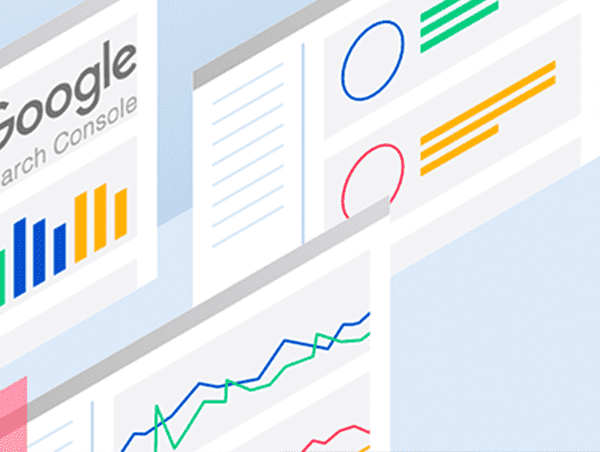If you’re encountering a significant discrepancy between the visitor statistics reported by Cloudflare, Google Analytics and Jetpack for your website. This can be confusing, but there are a few potential reasons for such a difference:
Tracking Methods, Data Filtering and Bots:
- Cloudflare might not filter out bot traffic as effectively as Google Analytics or Jetpack, resulting in higher visitor counts. Cloudflare operates at the DNS level and tracks all requests made to a site, including bots, crawlers, and real users. Cloudflare’s broader net for capturing traffic can significantly inflate the number of reported visitors.
- Google and Jetpack usually has mechanisms to filter out such traffic and might be better at identifying and excluding bot traffic, which can significantly reduce the apparent number of visitors.
- Jetpack, a WordPress plugin, likely tracks visits in a more conservative manner, focusing on unique views from what it identifies as legitimate users. Jetpack might be set up to track only specific pages or types of interactions, while Cloudflare tracks all traffic to your domain.
- Google Analytics uses JavaScript to track user interactions. It’s more focused on user behavior and might not count visits that don’t trigger its scripts (like bots or users with JavaScript disabled).
If you’re using Cloudflare’s caching and CDN (Content Delivery Network) services, it affects how visitor data is captured and might serve cached content to visitors without a request hitting your actual server. For example, a cached page served by a CDN might not always trigger tracking scripts. Google Analytics and Jetpack might not count these as visits since the requests don’t reach the WordPress installation where Jetpack is running.
Event Counts vs. User Counts:
- In Google Analytics, ‘Event Counts’ can be high if your site has many interactive elements that trigger events, even if the number of users is low.
- This means a small number of users could be generating a large number of events.
User Privacy Settings and Ad Blockers:
- Some visitors might use ad blockers or have privacy settings that prevent tracking scripts from Google Analytics or Jetpack from executing.
Timing and Reporting Delays:
- There could be timing differences in reporting. One service might update its statistics in real-time, while the other might have a delay.
To get a better understanding of your website’s traffic and reconcile these differences, consider the following steps:
- Configure Tracking Settings: Ensure that all tools are configured correctly. For example, you might need to adjust settings in Google Analytics to better capture user interactions.
- Cross-Check and Calibrate: Compare data over the same time period and look for patterns or consistent discrepancies.
- Consider Using a Single Source for Key Metrics: For critical business decisions, rely on one tool as your primary source to maintain consistency in reporting.
- Cross-Reference with Another Analytics Tool: Use other analytics tool to cross-reference the data. This can provide a third point of comparison.
- Contact Support: Reach out to the support teams for insights into how their tracking works and why there might be such a discrepancy.
Understanding the nuances of web traffic analytics is crucial for an accurate assessment of your site’s performance and visitor behavior. If you need more detailed analysis or customization, you might want to consult with a web analytics expert who can deep dive into your specific setup and provide tailored advice.




